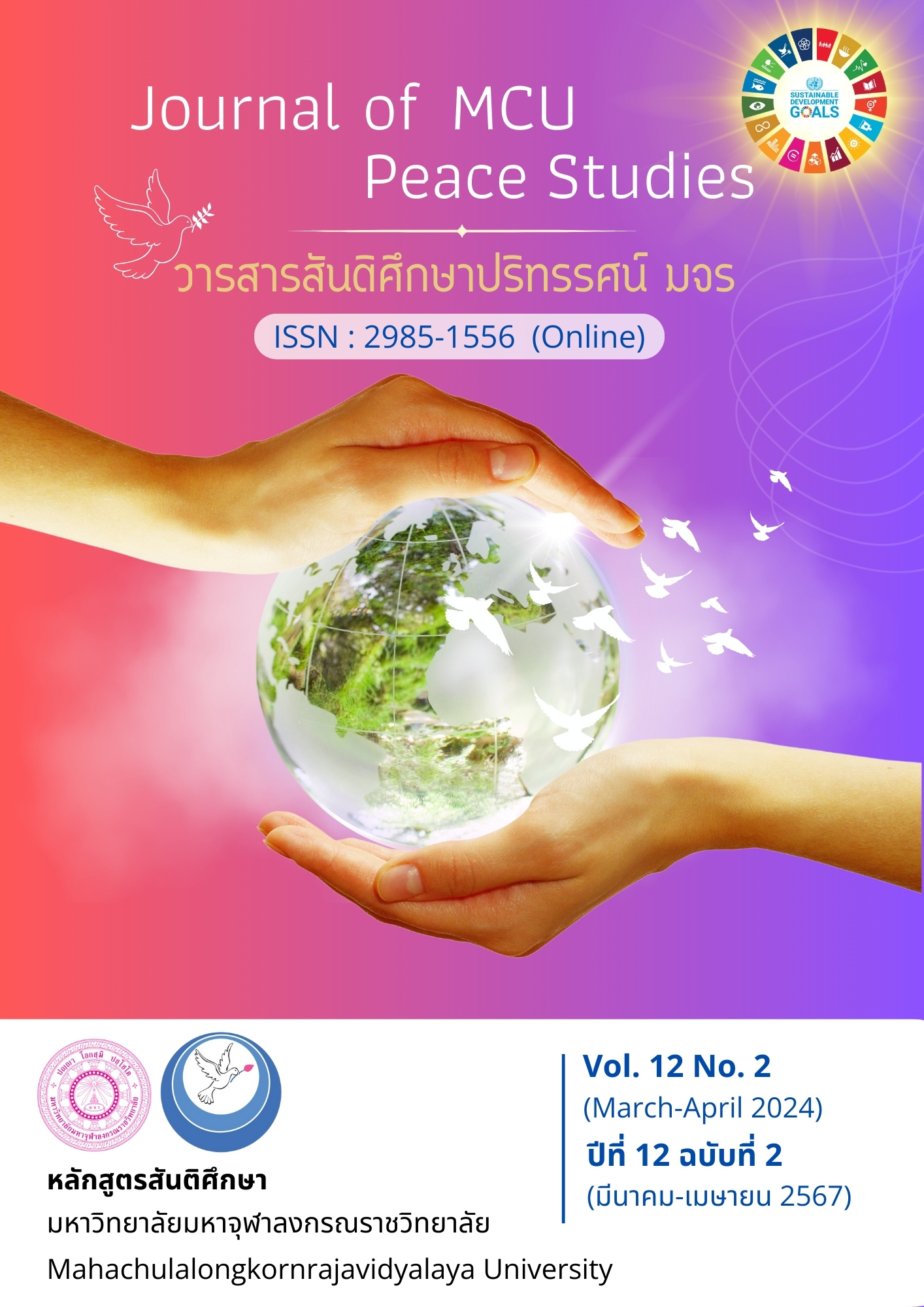Discriminant Analysis of Factors Influencing Learner Qualities in the Digital Age of Primary Schools in Phetchaburi Province
Main Article Content
Abstract
The research article consisted of the following objectives: 1) to investigate factors influencing learner qualities in the digital age of primary schools in Phetchaburi province; and 2) to carry out discriminant analysis of factors influencing learner qualities in the digital age of primary schools in Phetchaburi province. A quantitative research method was used in the study. The instrument used in the study was a questionnaire on factors influencing learner qualities in the digital age of primary schools in Phetchaburi province. The questionnaire had a 5-point Likert scale. The statistics used for data analysis were percentage, mean, standard deviation, and discriminant analysis.
From the study, the following results were found: 1) Among a high group, factors influencing learner qualities in the digital age of primary schools in Phetchaburi Province were overall at a high level ( = 4.28). When each aspect was examined, it was found that each aspect was at a high level namely, administrators (
= 4.44), school environment (
= 4.41), teachers (
= 4.36), parents (
= 4.12), and students (
= 4.06), respectively. Among the low group, it was overall at a high level (
= 4.10). When each aspect was taken into account, it was discovered that each aspect was at a high level namely, administrators (
= 4.36), school environment (
= 4.33), teachers (
= 4.07), parents (
= 4.00), and students (
= 3.74), respectively. 2) The discriminating factors of learner qualities in the digital age of primary schools in Phetchaburi province were as follows for both the high and low groups: Administrators, referring to change management (x2); Students, referring to attitude towards learning (x10); and Parents, referring to support from parents (x12). The discriminant formula can be as follows: D =-5.033+1.198(x2)-1.941(x10)+1.894(x12).
Article Details

This work is licensed under a Creative Commons Attribution-NonCommercial-NoDerivatives 4.0 International License.
Views and opinions expressed in the articles published by The Journal of MCU Peace Studies, are of responsibility by such authors but not the editors and do not necessarily reflect those of the editors.
References
Chantamit, N. (2015). Chantamit Factors Related to Academic Achievement of Prathomsuksa 6 Student in Banmabtaput School under the Office of Rayong Elementary Education Service Area 1. (Doctoral Dissertation). Burapha University. Chonburi.
Gerdruang, A. (2017). Empowering Learning in the 21st Century for Thailand Society in the Digital Age. (Master’s Thesis). Lampang Rajabhat University. Lampang.
Maitaouthong, T. (2014). Media Literacy: Skill for 21st Century Learning. Journal of Information Science, 32(3), 74-91.
Ministry of Education. (2019). Transform Learning Stepping into the Digital Age. Bangkok: Amarin Printing and Publishing Co., Ltd.
Montha, K. (2018). Factors Effecting the Quality of School under the Office of Bangkok Primary Education Service Area. (Doctoral Dissertation). Siam University. Bangkok.
Office of the Administration of Upper Secondary Education. (2010). Digital Literacy World-class Standard School. Bangkok: The Agricultural Co-operative Federation of Thailand., Ltd.
Prathum, C. (2016). Factors Affecting the School Effectiveness under the Secondary Educational Service Area Office 27. (Master’s Thesis). Burapha University. Chonburi.
Sintukhet, P. (2017). Study This Era. (Digital Era): Thailand 4.0. in Govittayangkull, P. (Ed.), National Academic Conference on Education: NACE 2017 (pp 98-110). Lampang: Faculty of Education, Lampang Rajabhat University.

